Liquid AI: Why artificial intelligence can’t be locked down
AI tech — unlike Cold War-era heavy equipment — is a relatively liquid and mobile asset, thus a completely stable and enforceable tech blockade by any single state will remain elusive, says researcher Jin Kai.
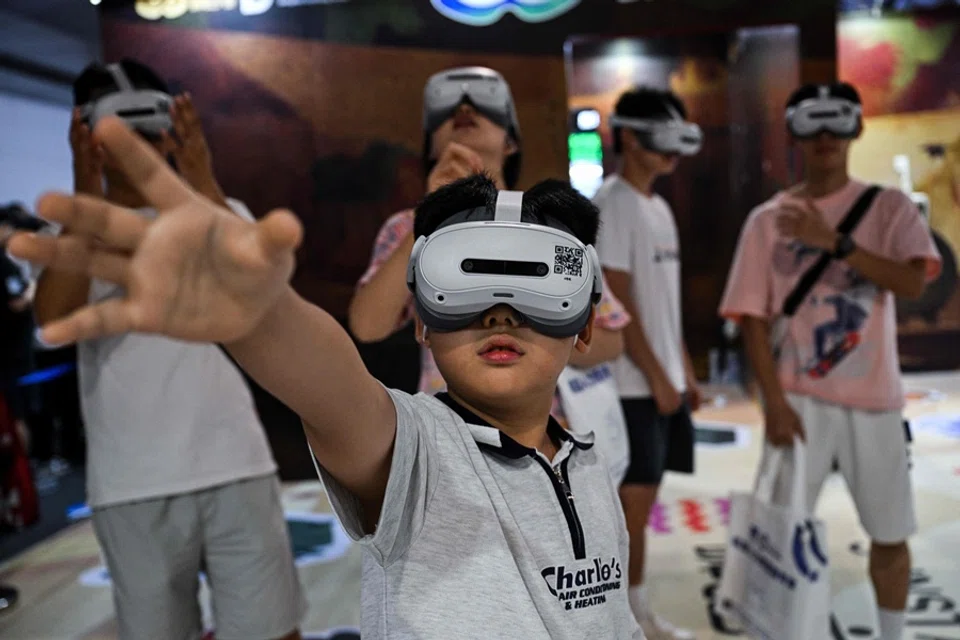
No matter how strict the measures of isolation and blockade may be, completely stopping the transfer of technology, practical tools and equipment is nearly impossible. This was evident even during the Cold War — an era marked by fierce political and ideological clashes and a far less connected global economy than today. Understanding this challenge helps explain why technological exchange continues despite efforts to control it.
The Toshiba-Kongsberg incident
Among many cases, the Toshiba-Kongsberg incident stands out as a revealing historical example. Between 1981 and 1984, Japan’s Toshiba Machine and Norway’s Kongsberg Vapenfabrikk secretly sold advanced machine tools and control software, respectively, to the Soviet Union — violating the Coordinating Committee for Multilateral Export Controls (CoCom) regulations.
These technologies enabled the Soviet Navy to mill submarine propellers with significantly greater precision, thereby reducing their acoustic signatures. This was a critical factor in a submarine’s detectability and posed a serious threat to US national security, particularly its naval detection capabilities.
The US government uncovered the breach and released its first report on the incident in March 1987. The companies involved faced substantial penalties, including the resignation of senior executives at Toshiba Machine. The incident also strained US-Japan relations: Toshiba’s consumer electronics products were boycotted in the American market for an extended period, reflecting the broader political and economic repercussions of the incident.
... AI technology: its open-source foundations and high degree of liquidity are characteristics that make it especially difficult to contain through traditional export control regimes.
Lessons for AI sector
The implication is clear: even during the Cold War — when global cross-border technological collaboration was largely restricted — technologies involving both hardware and control software were still able to bypass export controls in subtle but consequential ways.
This historical pattern may find a certain parallel in today’s AI sector, where core components such as algorithms, specialised chips, and cloud infrastructure are often developed and distributed across different countries and jurisdictions. These structural realities underscore key features of AI technology: its open-source foundations and high degree of liquidity are characteristics that make it especially difficult to contain through traditional export control regimes.

In fact, AI-related assets such as talent, algorithms and even pre-trained models can move across borders with far greater ease. When a country faces restrictions on accessing key AI hardware — such as advanced chips or graphics processing units — the open-source nature of AI technology, the availability of alternative third-party hardware sources and the widespread adoption of AI applications across diverse market scenarios can collectively enable AI firms to partially circumvent the effects of a blockade.
AI’s unstoppable flow
Also, during the Cold War, manufacturing technologies were largely concentrated within a small number of state-owned monopolies, and technical expertise was primarily housed within state-affiliated enterprises. In contrast, the AI era is characterised by the global mobility of algorithm engineers and a technological ecosystem increasingly shaped by cross-border individuals, small entrepreneurial teams and open-source communities — rather than centralised, state-controlled institutions. As a result, AI development is far more difficult for any single state to fully contain or isolate.
... AI development and deployment can be geographically decoupled.
For instance, despite official restrictions on large-scale models such as Llama, Mistral and BLOOM, international open-source communities have rapidly released multiple versions of their second iterations. Moreover, AI training no longer depends on localised infrastructure: it can be carried out using cloud computing platforms, edge nodes or hybrid architectures, which blur the geographic boundaries of where model development actually takes place.
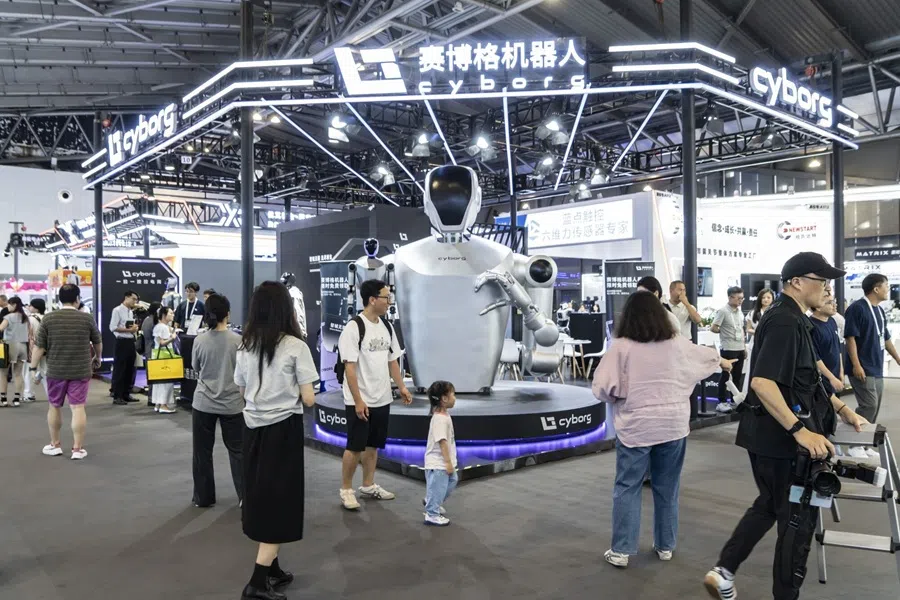
Thus, unlike the heavy industrial production lines of the Cold War — which had to be physically deployed and tightly coordinated — AI development and deployment can be geographically decoupled. Furthermore, while the cross-border transfer of heavy machinery and proprietary software once required extensive time and logistics, today’s algorithms and models can be transmitted over the internet almost instantaneously, drastically reducing barriers to international diffusion.
Chinese market response: adaptation, not retreat
It is precisely due to the aforementioned characteristics of AI technology — its modularity, relative openness and global accessibility — that a wide array of models and algorithms have emerged in recent years. Even under conditions of external restriction and geopolitical pressure, Chinese AI start-ups such as DeepSeek have managed to generate significant attention and achieve notable market success, demonstrating the resilience and adaptability of AI innovation in a fragmented and contested global landscape.
Recently, Manus AI, another Chinese AI start-up that gained sudden popularity, decided to relocate its headquarters to Singapore. This move could further highlight the inherent mobility of AI technology as part of a cross-border technological ecosystem.
... it is important to recognise that encouraging companies to expand globally has been a key industrial policy of the Chinese government in recent years.
On one hand, Manus’s decision to expand overseas may reflect the challenges posed by US restrictions and suppression of China’s AI technology development, particularly in areas such as chips, algorithms, and access to capital. On the other hand, it is important to recognise that encouraging companies to expand globally has been a key industrial policy of the Chinese government in recent years. This policy aims to support companies with strong growth potential and a global vision — especially high-tech start-ups — by enabling them to participate in international market resource allocation and fair competition.
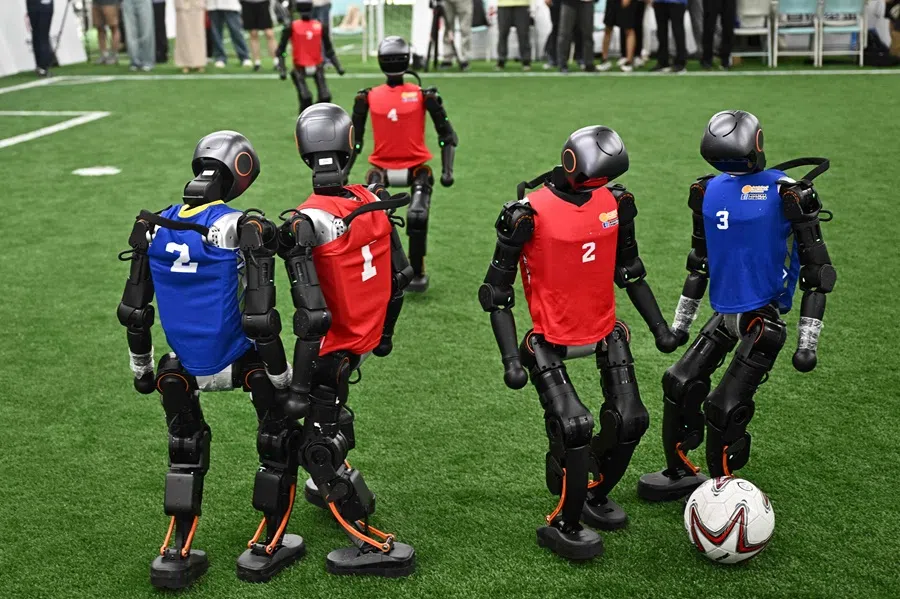
In this context, it may be natural to interpret the relocation of Manus to Singapore as part of the broader “curved development” and geopolitical strategic positioning of China’s AI industry amidst the ongoing US-China competition. However, this move does not appear to stem from a singular “national directive deployment”. Instead, it seems to be the result of a combination of factors, including the self-driven strategies of private enterprises, and adaptive responses to the global environment, and policy guidance as well.
Why Singapore?
From a geopolitical perspective, Singapore has consistently maintained a relatively neutral stance, avoiding overtly “taking sides” between China and the US. Additionally, Singapore is a global financial hub, a centre for technological innovation, and a key player in global economic, transportation, and logistics networks.
The Singapore government’s “Smart Nation” policies and corresponding initiatives in recent years have further enhanced its digital competitiveness, positioning Singapore second in the 2025 IMD World Digital Competitiveness Ranking. These factors make Singapore an ideal location for AI start-ups like Manus to establish and grow.
This lack of synchronisation has been evident in US policies toward its allies, particularly in the various tariffs imposed during Donald Trump’s first and second terms.
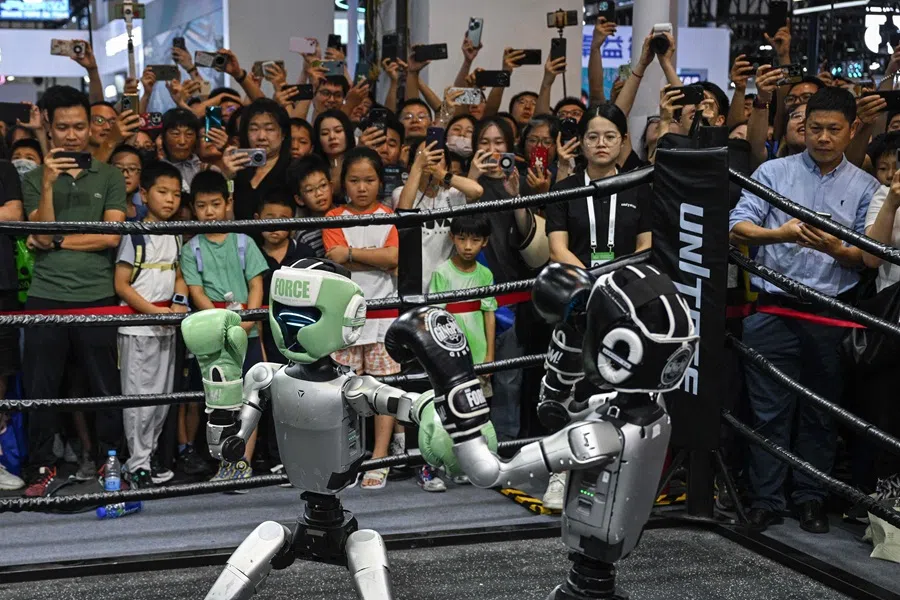
Limits of AI blockade in a ‘diffused’ world
At its core, the story of AI — and particularly the rise of Chinese start-ups such as Deepseek and Manus — brings to mind a concept I encountered years ago while working on my PhD dissertation: “power diffusion”. Joseph Nye used this term to describe how power is increasingly “diffused” away from conventional state actors to non-state actors, including international organisations, global enterprises, NGOs, and even individuals. Just as traditional forms of hard power can be redistributed, technology, too, can be significantly “diffused” among various non-state actors.
Take the Toshiba-Kongsberg incident, for example. It demonstrates that the US’s security priorities and the structural economic interests of its allies are not always fully aligned, even to this day, particularly when the commercial interests of various non-state actors are involved. This lack of synchronisation has been evident in US policies toward its allies, particularly in the various tariffs imposed during Donald Trump’s first and second terms.
In an increasingly “diffused” and “interdependent” world — where AI technology is becoming more open-source and liquid — how effective can a strategy of outright technological blockage truly be? Is such a policy even in the best interests of the US? These are critical questions worth reflecting on.
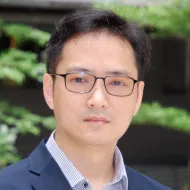


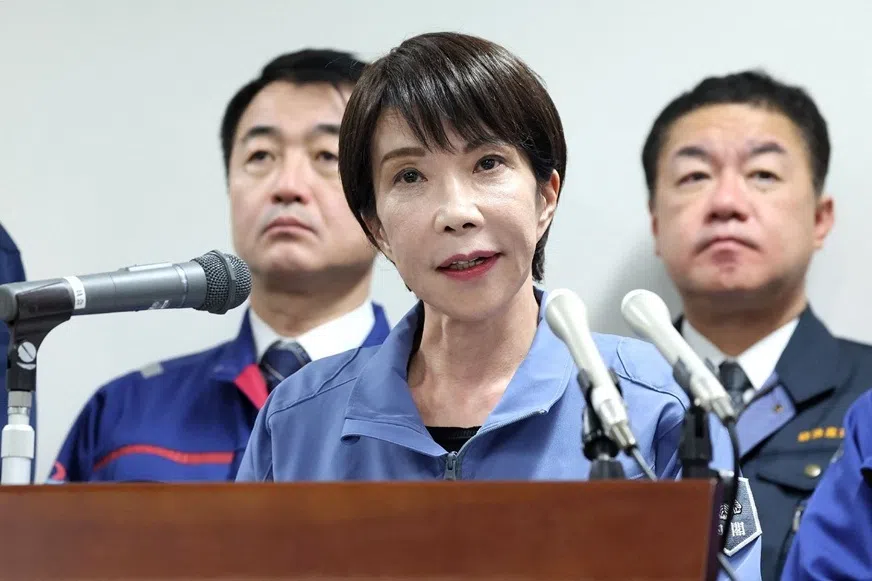
![[Big read] China’s 10 trillion RMB debt clean-up falls short](https://cassette.sphdigital.com.sg/image/thinkchina/d08cfc72b13782693c25f2fcbf886fa7673723efca260881e7086211b082e66c)
